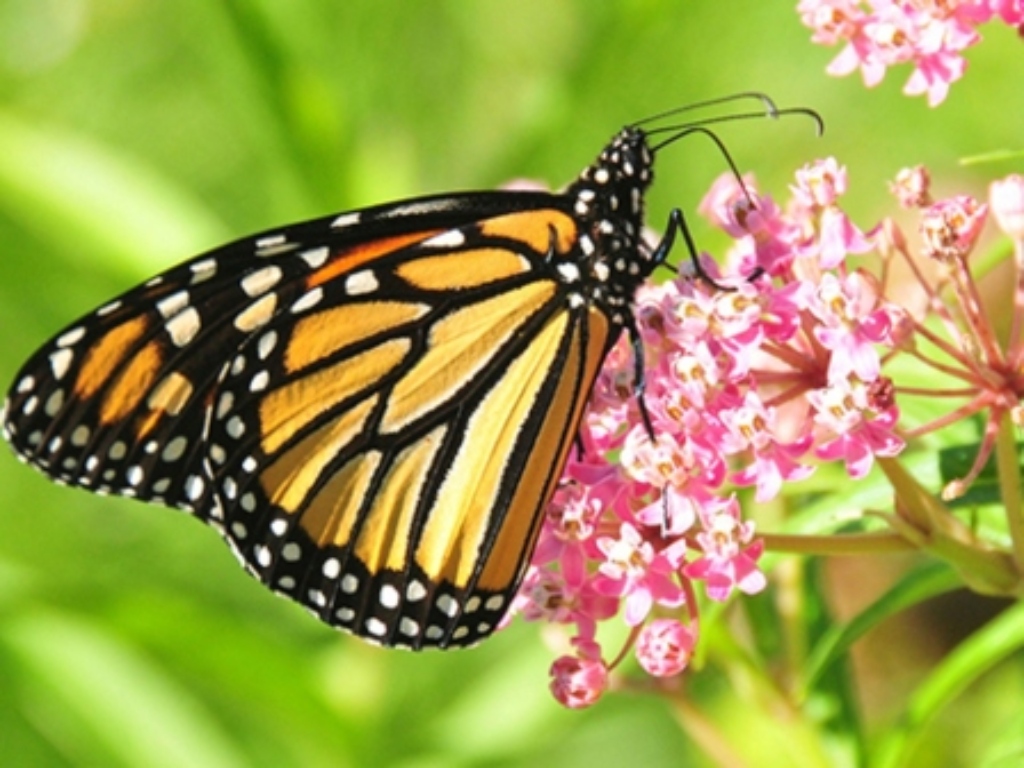The program established 600 new pollinator habitats, ranging in size from a single square meter to multiple acres. Through the Farm Service Agency and Clean Water Indiana funding, at least 440 acres of wildlife area, field borders, and filter strips were created. The field borders and filter strips, which are areas of vegetated land surrounding the fields and border water source, also help to control nutrient runoff from farmland. In one 10 foot by 10 foot area, program staff counted 12 pollinators on the plants. Using this observation, program staff estimate there are roughly 952,000 pollinators across the newly planted habitat.
Some of the significant habitat creations include:
- Five acres at Eco Park, a county park for fishing and camping
- Four acres at Calli Nature Preserve
- 2,500 acres burned annually to create new pollinator habitat at Big Oaks National Wildlife Refuge
- 48 acres in Muscatatuck National Wildlife Refuge
- 430 acres of filter strip areas and field borders in agricultural fields
- Monarch butterfly gardens at six different elementary schools
- 3.75 acres at a middle school
- 10.5 acres at the Jennings County Sand Creek School property
The committee also measured success through public opinion and general observation. Initially, the public was skeptical about the installation of pollinator habitats because they were thought to be too weedy. By the third year, the project was accepted by the community and pollinators were frequently visiting the new sites. In addition, people outside of Jennings County have traveled to North Vernon to see the newly renovated Tripton Park and the pollinators and songbirds it now hosts.
The Soil and Water Conservation District believes that public awareness on the role of pollinators in the food system has increased. Many people did not realize how much food is available thanks to the service of pollinators or how disrupted our diets could become as the climate changes. In addition to increasing the number of pollinators in Jennings County, the committee observed an increase in songbird populations. The Soil and Water Conservation District also noted that the native plant sales generated a fun atmosphere that greatly improved public participation in the project. These successes have convinced other counties, including Jefferson County, Franklin County, and Bartholomew County, to start similar initiatives.



